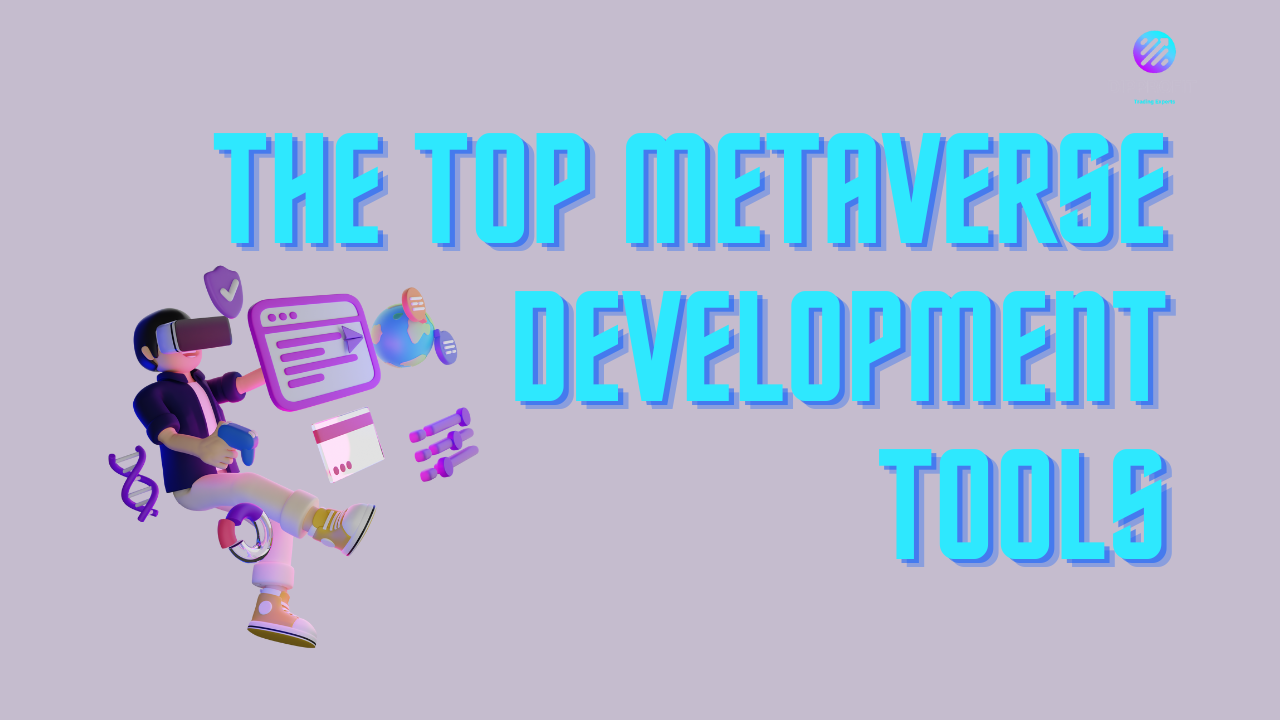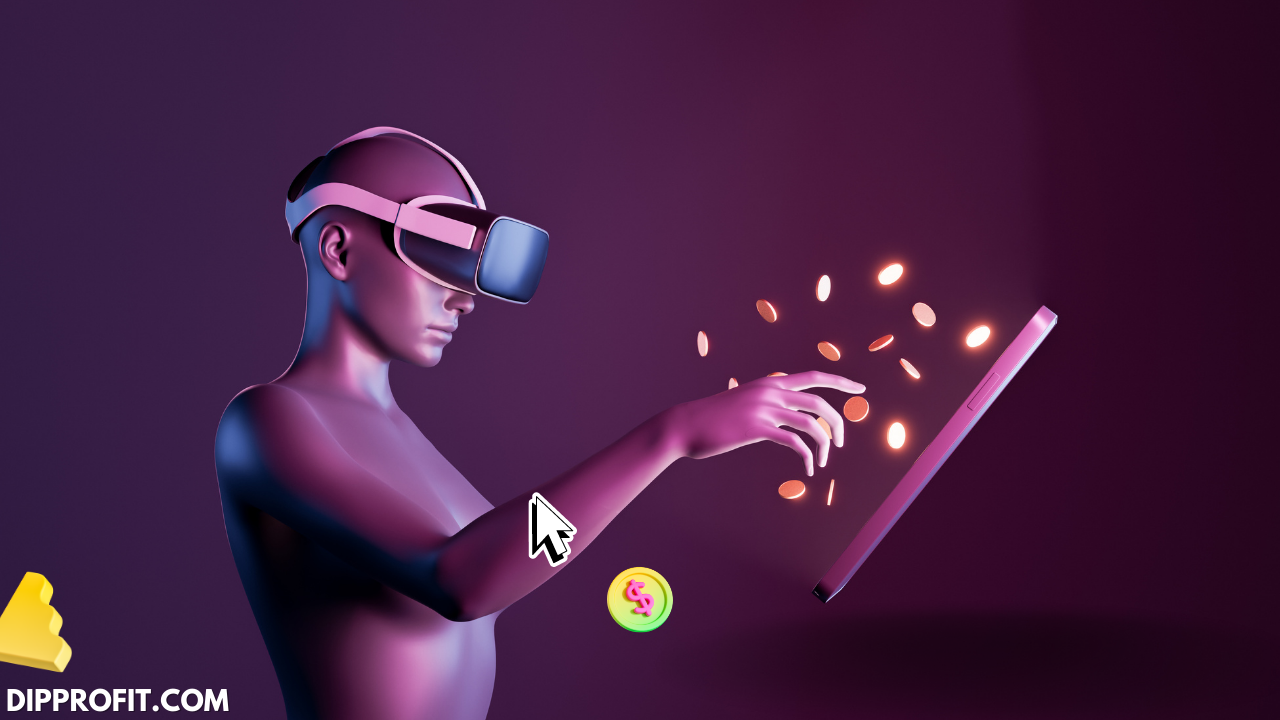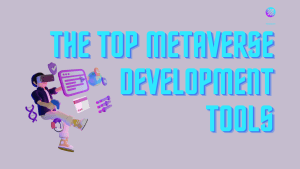
Metaverse development is a rapidly growing field that offers exciting opportunities for building immersive virtual worlds.
However, creating a fully-realized metaverse requires a range of skills and technologies, including 3D modeling, game design, virtual reality, and blockchain.
So if you are a developer looking for a way to make an impact in the virtual world, or you just want to build your own metaverse from scratch
This blog post is for you.
Here, we’ll discuss the basic building blocks of the metaverse and provide tips and tricks for how to get started. So put on your developer bump hat and build something!
It’s an exciting time to be a developer, and the metaverse still has a wide range of possibilities no one has touched.
Whether you are building an entire virtual world from the ground up or just adding your own small touches to an existing one, these tips will help you get your project off the ground.
What is the Metaverse?
The term “metaverse” refers to a virtual reality space where users can interact with a computer-generated environment and other users in a shared online experience.
Metaverse development involves creating these virtual worlds and the infrastructure that supports them.
Metaverse development involves a wide range of technologies, including virtual reality (VR) and augmented reality (AR), artificial intelligence (AI), blockchain, and cloud computing.
These development tools are used to create immersive and interactive virtual environments where users can explore, interact, and create.
See also: How to Become a Web3 Developer: A Comprehensive Guide
The Metaverse’s biggest potential
One of the most significant potentials of the metaverse is to create a fully immersive and interconnected virtual world that can support a wide range of activities, from work and entertainment to social interaction and education.
By creating a seamless and immersive virtual environment, the metaverse has the potential to blur the line between the physical and digital worlds, allowing for new forms of collaboration, creativity, and innovation.
This could have far-reaching implications for a variety of industries, including entertainment, gaming, education, healthcare, and more.
For example, the metaverse could enable remote work and collaboration in a way that is much more effective and engaging than traditional video conferencing and messaging tools. It could also revolutionize the entertainment industry by creating entirely new forms of interactive and immersive experiences, such as virtual concerts, live events, and gaming.
Overall, the biggest potential of the metaverse is to create a new kind of virtual world that can support a wide range of human activities and bring people together in new and exciting ways.
The Top 7 Metaverse Development Tools
The concept of the metaverse is still relatively new, and the tools used for its development are constantly evolving. However, here are 7 metaverse development tools that are currently popular:
Game Engines:
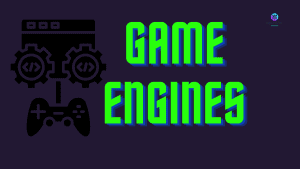
Game engines such as Unity and Unreal Engine are popular tools for developing applications in the metaverse. These engines allow developers to create 3D environments, integrate physics simulation, and add interactivity.
A game engine is a complete software development environment designed for creating video games and metaverse development, and it typically consists of a game engine, an integrated development environment (IDE), and various tools used to create games.
While game engines were initially used to create traditional 2D and 3D games, they are now being used to create a wide range of online and virtual spaces, such as virtual world metaverses.
Game engines are popular because they provide cross-platform compatibility, which allows developers to quickly prototype and deploy their creations to different types of platforms without rewriting code from scratch
Virtual World Platforms:
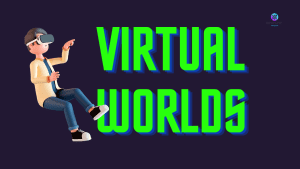
There are several virtual world platforms, such as Decentraland, Somnium Space, and High Fidelity, that provide tools and APIs for developers to create custom content and experiences for the platform.
Virtual World Platforms are computer-generated environments that enable users to interact and explore an online space in real-time.
These platforms are intended to simulate real-world environments such as stores, airports, and parks, as well as fictional settings such as dungeons and galaxies.
Virtual Worlds can be used for education, entertainment, games, and even business meetings. Users can communicate with one another via text chat, voice chat, or avatars, which represent each user in the virtual world.
Web Development Tools:
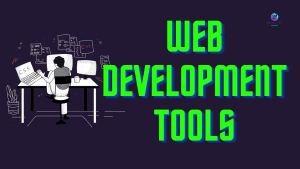
Web development tools such as Mozilla Hubs and A-Frame allow developers to create virtual environments and experiences using web technologies like HTML, CSS, and JavaScript.
3D Modeling Software:

3D modeling software like Blender and Maya allows for the easy creation and development of metaverse 3d models.
It is used in various industries, such as animation, architecture, gaming, product design, engineering, and medicine.
3D modeling software tools allow users to create virtual representations of a three-dimensional object or environment, including landscapes, buildings, vehicles, characters, etc.
The most popular 3D modeling software tools include Autodesk 3DS Max, Blender, Cinema 4D, SolidWorks, SketchUp, and Autodesk Maya.
AR/VR Development Tools:
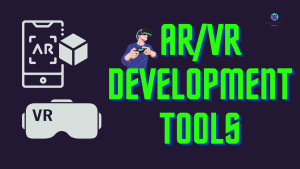
AR/VR (Augmented Reality/Virtual Reality) development tools like ARKit, ARCore, and Oculus SDK provide the necessary tools and resources for developers to create immersive AR/VR experiences.
These tools enable developers to design interactive virtual worlds and create immersive experiences for users.
They allow the user to create and modify 3D objects, understand the physics of the environment, and integrate audio, visual, and tactile elements.
AI/ML Tools:
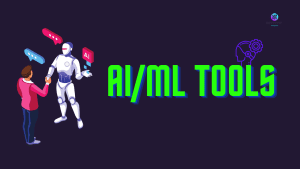
AI/ML Tools are computer programs and applications that assist in solving complex problems using artificial intelligence (AI) and machine learning (ML) techniques.
AI/ML tools like TensorFlow and PyTorch can be used to develop intelligent agents and NPCs that can interact with users in the metaverse.
These tools can help with automating tasks, managing data more effectively, and training machines to think more like humans.
Other examples include open-source frameworks like TensorFlow and PyTorch, visualization tools, automated model creation tools, natural language processing (NLP) libraries, and automated machine learning (AutoML) platforms.
Blockchain Tools:
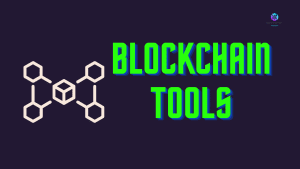
Blockchain technology is a key aspect of some metaverse platforms, and blockchain development tools like Solidity and Truffle can be used to develop smart contracts and other blockchain-based applications for the metaverse.
And, that’s a wrap on the top 7 metaverse development tools.
Finally, all developers should note that the metaverse development landscape is rapidly evolving, and new tools and technologies are emerging all the time.
As a result, developers must stay current on new developments and adapt to the changing needs of this dynamic field.
As the metaverse grows in popularity, new business models and monetization strategies are likely to emerge, opening up new opportunities for developers and content creators.
Cost Implications of Using Metaverse Development Tools
The costs of using metaverse development tools can differ greatly depending on the tools and platforms used. Some tools, such as Unity and Unreal Engine, are free to use for non-commercial projects but require a license fee for commercial use or access to certain features.
Other costs associated with metaverse development, such as hardware and hosting, may exist in addition to licensing fees.
Creating immersive 3D environments can necessitate powerful computers and graphics cards, as well as significant server resources.
Helpful Tips for Developers in Metaverse Development
1. Start small and focus on the basics: It can be tempting to dive into developing complex applications, but it is best to start small and focus on getting a solid understanding of the fundamentals of Metaverse development.
2. Design with scalability in mind: As technology evolves rapidly, it’s important to keep scalability in mind when designing your applications on Metaverse. This will ensure that your applications can grow and evolve with technology.
3. Stay up to date with the latest developments: It’s important to stay informed about the latest developments in Metaverse by reading industry blogs and staying active in the developer community.
4. Keep your code organized: To ensure a successful development process, it’s important to keep your code organized and well-structured. This will make it easier for other developers to follow your work.
5. Test your application thoroughly: Before releasing your application to the public, it is essential to thoroughly test it for errors and bugs. This will ensure that users have a positive experience when using your application.
To summarize, metaverse development is a fascinating and innovative field that is motivated by the potential to create truly transformative experiences.
While there are still challenges in terms of scalability, privacy, and security, the potential rewards are uncountable.
Right now, we have the opportunity to shape a future in which our digital world is more interactive, accessible, and secure than ever before by harnessing the power of blockchain, virtual reality, and artificial intelligence.
And trust me, it will be interesting to see what new frontiers are opened up as Metaverse development continues.
Dipprofit Community
At Dipprofit we are currently growing a brilliant community of forward-thinking individuals who want to equip themselves with the necessary information and knowledge in this fast-growing digital age, helping them gain financial freedom and utilize the opportunities that come with it.
You can click on any of the buttons to join our communities on Facebook, Twitter Whatsapp, and Discord, as we share ideas and opportunities that would transform your life forever.

